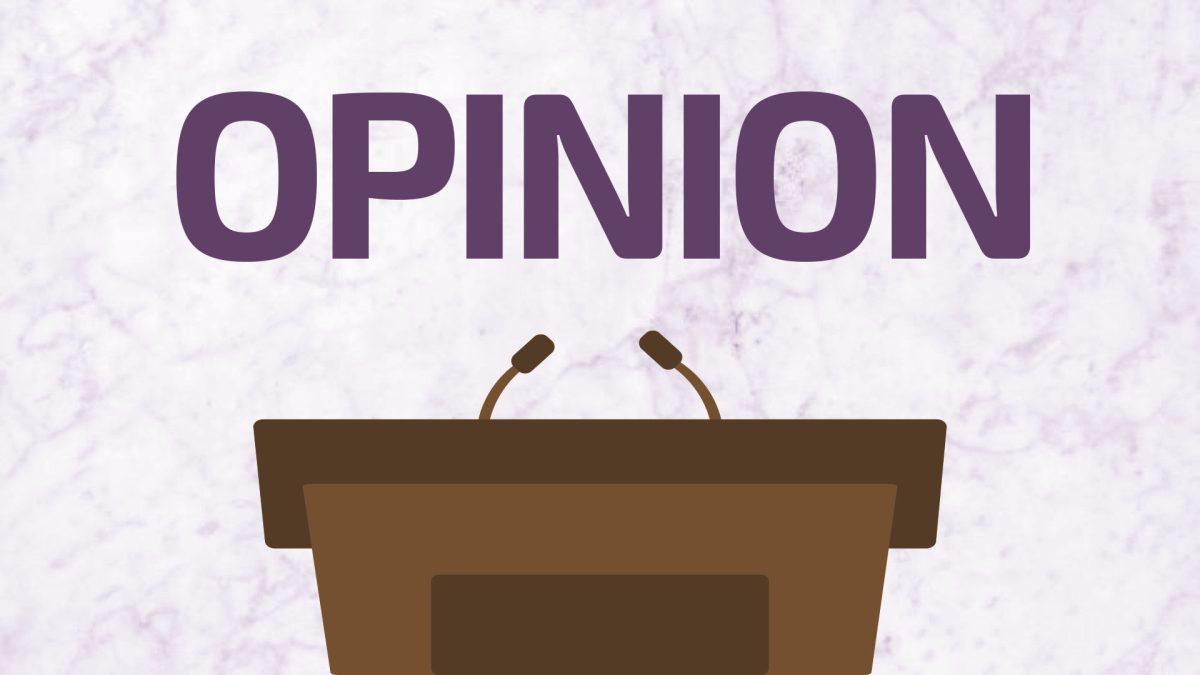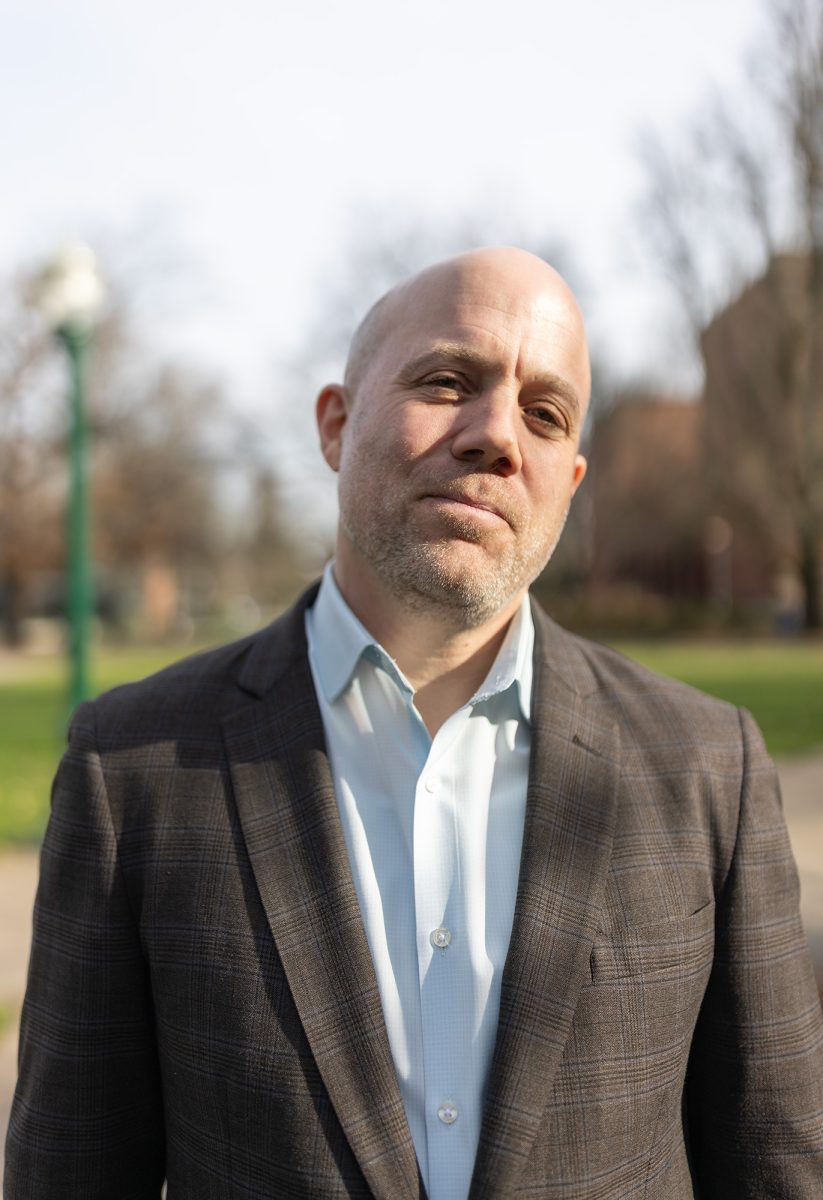Opinion: I am a pretty quiet person. That doesn’t always translate in an academic environment. I think classrooms should equally cater to all students, regardless of their speaking preferences.
———-
Speaking in a classroom has never been my forte. In fact, at the end of my preschool year, I won the award for “Classroom Mouse” because my teacher said I was so quiet, she often forgot I was there. It wasn’t exactly the thing I was most proud of at that age.
Yes, I was quiet. But I cut a killer triangle. Many of my louder peers were recognized for things such as their comedic skills or interpersonal connections. This showed me, for the first time, the ways in which quiet and observational individuals are often ignored.
While my presence in an academic setting is not often completely forgotten, I still have to spend a lot of time mentally preparing myself for group discussions, and I hold my breath when the grade labeled “participation” drops.
Participation— for most classrooms— refers to some form of speaking during class, and is often stated on the syllabi next to the word “engagement.”
To me, it seems like an oversimplification to state that engagement equates to speaking. I feel plenty engaged during my classes regardless of if I have raised my hand or not. Speaking during class follows a very traditional path of learning. One in which materials are presented, students memorize them and lectures are given and received. But greater attention needs to be given to observational learning.
Observational learning is a model of learning in which a student gathers information by observing others and utilizing the information they receive through watching someone else. This type of learning is important to draw attention to, especially for children, because it envelopes a type of social learning that is personal and does not require reinforcement.
While it is often only applied to younger individuals in support of strengthening one’s social model, I have found that this term resonates with me as I consider my ideal classroom environment.
By watching others discuss, I take in opposing points of view and compare that to my original understanding of a certain material. When professors explain how a certain style or method of writing was achieved, I observe the specific techniques they point out. And once again, I use an introspective learning method when deciding how to apply it to my own skill set.
These skills have been vital to my educational career thus far, but they have been hugely underappreciated due to the reliance on traditional approaches to education.
Part of this ties into my introverted tendencies. I would much prefer to watch TV with my cats than talk to a group of people about the shows I’ve been watching. In the book “Quiet: The Power of Introverts in a World That Can’t Stop Talking” by Susan Cain, she talks about the power of introverts, and how they are often overlooked and compared to extroverts in their abilities to be transformative leaders. She talks about how we lose a lot through our tendency to neglect the thoughtful nature of introverts.
This can also be applied to classroom settings. So much expectation is set on the idea that individuals should speak up more often. But if we begin to value those who may sit in silence for the duration of a class period, we could end up hearing incredibly developed and thoughtful responses that many class discussions don’t allow the opportunity for.
I like not speaking in class; my shy tendencies keep me away from the center of attention. Even though I am much older and more confident in academic settings now, I am still okay with being the classroom mouse. No participation grade will change that.














